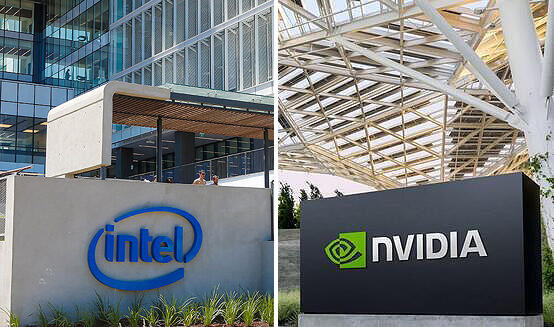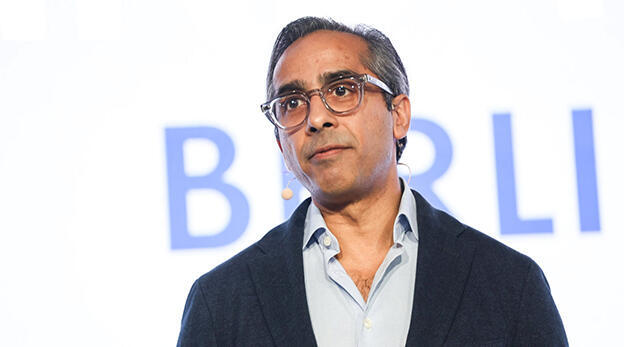
Intel’s loss is Nvidia’s gain
As Intel cuts staff in Israel, Nvidia snaps up talent for its booming operations.
Intel is about to lay off hundreds of employees in Israel. Some of them will come from the company’s Kiryat Gat plant, which currently employs over 4,000 workers. The layoffs in Kiryat Gat signal that no Intel employee is immune from the sweeping cuts the company is undergoing.
The person setting Intel’s course at this critical moment is its new CEO, Lip-Bu Tan, who believes that the only way to save Intel is through significant waves of layoffs affecting thousands of employees. At the end of the quarter, Tan told the company’s workforce that “The feedback I have received from our customers and many of you has been consistent. We are seen as too slow, too complex and too set in our ways - and we need to change.”
Tan plans to flatten Intel’s management structure, strengthen its engineering core, and emphasize excellence, speed, and adaptability. For the tech giant, that means one thing: mass layoffs of thousands of mid-level employees.
Until recently, Intel Israel was considered a vital strategic arm of the global company. But for Tan, who knows Israel well, there are no sacred cows in his effort to build a new future for Intel. That’s why the company has begun laying off hundreds of employees in Israel, and according to estimates, this is only the beginning. Tan’s goal is to transform Intel into a leaner, hungrier company capable of competing in a market that has left it behind.
Paradoxically, in the same week Intel is reeling from another wave of job cuts, its biggest competitor for talent, chip giant Nvidia, has announced plans to invest billions in Israel to establish a new center in the north, creating thousands of new jobs. It’s entirely possible that Nvidia’s expansion in Israel will be fueled, in part, by Intel’s upheaval. Many of Intel’s laid-off employees will likely welcome an offer from Nvidia, whether they’re based at Intel’s development center in Haifa, close to Nvidia’s Yokneam hub, or elsewhere in the country.
Importantly, Intel Israel is not alone. The layoffs are sweeping across all Intel branches worldwide, from factories in Ireland to centers in the United States. The cuts are happening rapidly, at a pace dictated by Tan, who is determined not to repeat Intel’s past mistakes of shedding too much essential talent: “We must balance our reductions with the need to retain and recruit key talent,” he wrote. “These decisions will not be made lightly.”
Intel Israel currently employs about 9,300 people, with roughly 4,000 working at the Kiryat Gat plant. Until recently, it was assumed the layoffs would primarily affect the R&D divisions in Petah Tikva and Haifa, and that initiatives like Intel Ignite and Granulate, which Intel acquired, would be shuttered.
The Kiryat Gat factory has received substantial government grants over the years, but despite these investments, it is considered outdated. It still operates, but without major upgrades on the horizon, its closure remains a strong possibility, as Intel shifts its focus to core engineering.
“We need to get back to our roots and empower our engineers,” he wrote. “That’s why I elevated our core engineering functions to the [Executive Team].”














